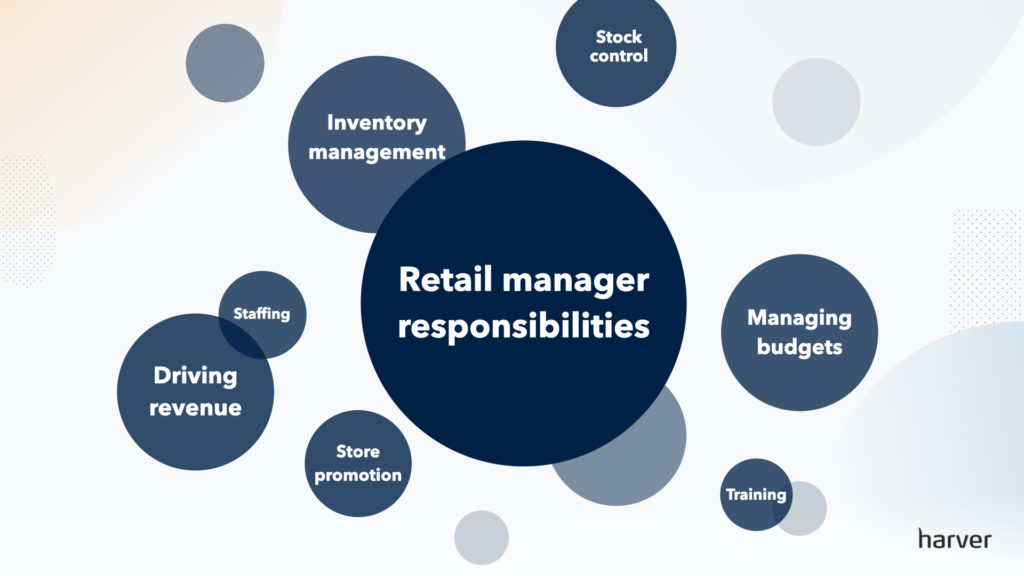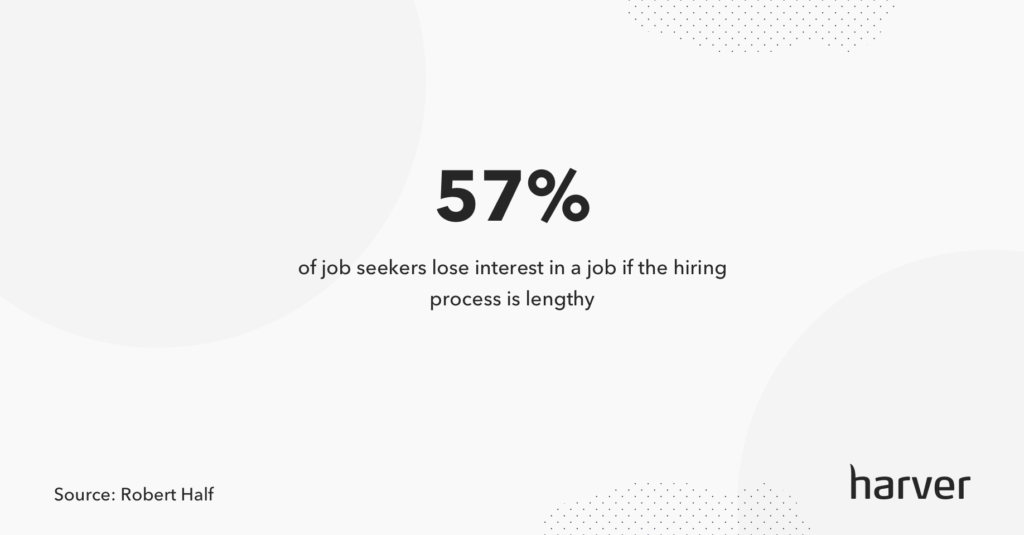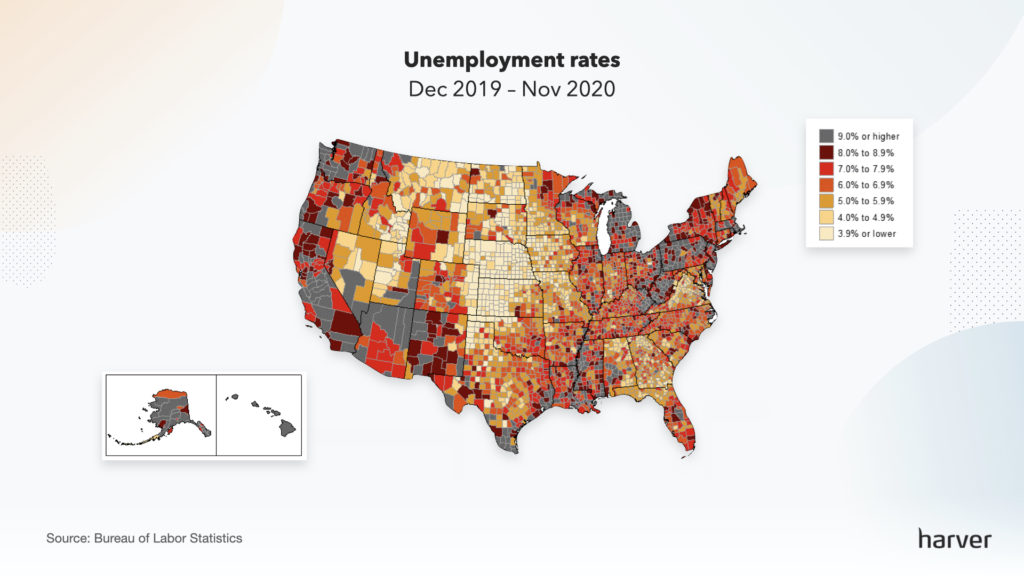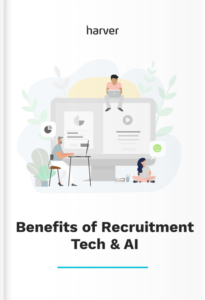If hiring for one location has challenges, then hiring across many locations has even more. Navigating relationships with location managers, managing different store needs, tailoring your process to different labor markets, and hiring at scale are only some of the challenges of multi-location recruitment.
The number one indicator of a successful volume recruitment process?
Efficiency.
Even though multi-location organizations are hiring at scale, they don’t always have a volume hiring strategy in place. Because of the variance between locations across cities and states, they end up with dozens of inefficient, localized processes that often fail to meet the needs of multi-location hiring.
Even though dealing with a number of different labor markets means tailoring to meet their needs, that doesn’t mean you should relinquish control of the process and have store managers fend for themselves.
To realize efficiency in multi-location recruiting, you need a standardized process, built for hiring at scale, that accommodates differences between various locations or labor markets. But what are the challenges you’re up against when looking to invest in the components of an efficient process?
What’s in?
What makes traditional multi-location recruiting inefficient?
Location managers are not recruiters
It’s easier to recruit alongside someone who sees recruitment as one of their core tasks, but for store managers, recruiting is often something that needs to be done next to their core tasks. Their focus is mostly on working with customers, managing operations and training staff.
When hiring at scale, like in a supermarket where staffing demand is constant, even the best store manager doesn’t have time every day to look through a stack of resumes or check candidate progress in an ATS. Especially in a larger store, they have other responsibilities: building schedules, handling customer requests, overseeing training, and making sure stock is kept up.

As a result, candidate selection is often done based on a quick resume screening, and applicants are chosen based on past experience and availability, regardless of their skill set. It’s therefore not surprising that in many industries where recruiting is done across locations — like supermarkets, retail, and manufacturing — turnover is high.
Moreover, if a store manager is bad at recruiting, they’re only more likely to generate turnover, meaning they have to recruit even more. That’s why it’s important to have an efficient recruitment process that’s scalable, removes bias from hiring, and helps recruiters select the candidates that fit the role the best.
Decentralized recruitment
When recruitment is decentralized, it is the store managers’ responsibility to recruit all new employees. This not only takes time away from other tasks, but also leads to situations where Headquarters have little to no insights into how hiring decisions are made.
Also, without a central hiring system in place, rerouting candidates between locations is less likely to happen, so some stores might have too many candidates, while others might struggle with just a few applicants to choose from.
To add to the problem, candidates aren’t waiting around for recruiters to reply. The manual hiring processes in stores are increasing the time to hire to several days or even weeks. With such long waiting times, candidates are more likely to pass on the opportunity and be hired at a competitor’s store.

Although the need for centralized recruitment processes is clear, deploying new processes across several locations takes more than designing a new volume hiring strategy at the Headquarters level. Aligning and coordinating with hundreds or thousands of location managers is a tough challenge in itself, and the change aspect of this process needs to be handled with diplomacy.
Even if it’s true location managers aren’t recruiters, they are leading their individual business and you can’t risk alienating them when rolling out a new process. When designing a new recruitment process, the aim should be to eliminate manual tasks and provide them with tools to make fast and accurate hiring decisions.
Beyond the evergreen challenges, there are also some new challenges to account for because of the pandemic.
Business not yet as usual
We all hope this is the home stretch of COVID, but uncertainty is still high. For TA leaders, they face the additional challenge of needing to scale their workforce up and down efficiently without knowing when the exact moment of “business as usual” will return.
For countries where vaccination is in progress, we see Q4 2021 or even the start of 2022 as a true return to business as usual. But, multi-location businesses like QSRs and retail shops are beginning to scale now, and they’re scaling fast.
While accounting for the challenges of recruiting across locations without bogging store managers down, TA leaders are seeking out ways to effectively scale their recruitment processes to bring their organization back to 100% capacity.
Volatile, varied labor markets
The labor market is evolving rapidly, and each one isn’t changing in the same way or at the same pace. This could be looked at by industry, or even by geography.
For example, while unemployment remains high for most of the hospitality industry, we see the restaurant industry with very low unemployment, creating a tight market for talent. On the other hand, states or countries with more laissez-faire reopening plans will have tighter, more competitive labor markets than states with more restrictions.

Until the first quarter of 2020, in general, there was scarcity in the labor market and it was difficult to find talent. When processing millions of applicants, we saw movement in the market. We saw applicants move from retail to hospitality, from hospitality to call centers, and a general trend in preference for working from home during the pandemic.
However, we also know that a lot of those people do want to go back to their original industry when things return to normal. And it’s important for industries that have attracted a lot of new talent to account for the fact that their talent pool will continue to evolve.
What does the future look like for multi-location recruitment?
For years, there were a lot of discussions that HR & recruitment were human-focused business areas that needed a human touch instead of technology. Then, the pendulum swung the other way to be hyper-focused on technology and automation.
What we see now is TA leaders believing that you need the right combination of human skills and technology to drive the change that’s needed in this new reality.
Let’s take a look at an example of this.
In a study by McKinsey Global Institute (MGI), they found that digitizing is happening everywhere across multi-location businesses except recruitment, particularly in retail, warehousing, and hospitality.
In the above example, you can see digitization is increasing across all aspects of the business, but very little of that digitization is impacting recruitment, even though retailers face such critical hiring challenges.
It’s really clear why it’s taking a bit longer in multi-location businesses: because the planning, design, and roll-out are much more complex than when you’re planning for one office or workforce.
How AI & recruitment technology is changing recruiting experience
Find out how tech has helped other companies grow by enhancing both the recruiters’ and candidates’ experience!
If it’s so difficult to do, why do it?
Companies around the world are investing in creating more efficient recruitment processes because it helps them hire better talent, save time, and ultimately save on costs.
At Harver, we often conduct research on the job market by speaking with applicants about what they want and expect from a recruitment process. Especially for multi-location businesses hiring younger, entry-level employees (like supermarkets), we also see that an efficient digital process is a competitive advantage in recruitment.
From what we’ve studied, younger people view applying to a job as something similar to calling an Uber or booking an airline ticket: a digital process with an instant response and feedback.
What they perceive as long: 3 days.
Even in multi-location industries with “shorter” recruitment processes, like supermarkets and restaurants, the average time to hire is days or weeks beyond that ideal benchmark. This means that if your process is less efficient than other organizations, or even your competitors, you’ll miss out on the best talent.
Like what you see?
Don’t miss out. Subscribe to our quarterly digest to get the latest TA and TM resources delivered right to your inbox.
How can multi-location businesses create an efficient hiring process?
First, it’s important to pinpoint how hiring at scale differs from hiring from a small pool for a specialized role.
Most recruitment tools and processes work just fine when you’re looking to hire a single corporate manager, but quickly break down under the stress of volume hiring.
For example, for a competitive, professional job, a standard resume upload form is okay. But, when hiring across supermarket locations, a confusing application experience might turn off candidates for an entry-level role who are looking to get hired quickly.
Closer to the end of the recruitment process, you could see a similar difference in interviewing. Candidates for a convenience store cashier position prefer just a short video or phone interview so they can start the job sooner.
Accounting for the differences between traditional and volume hiring is going to be critical for creating an efficient process. So, with that in mind, let’s take a look at four ways to improve the efficiency of your multi-location hiring process.
Relieve location managers of manual tasks
Store managers focus on their day-to-day business. If you think about how much time they spend on recruiting, they may spend only minutes per day which is not enough to select great candidates. But, should they spend more?
No. Recruiting is part of their business, but having store managers spend time in the ATS reviewing or progressing candidates, screening resumes, or scheduling interviews isn’t driving the performance of their business.
Running an interview to choose an applicant might help their business, but chasing applicants on the phone isn’t. These frustrating pieces of the process, particularly the ones closely tied with time to hire, should be automated for the benefit of your candidates and store managers.
Automate tasks to reduce time to hire
Allow candidates to self-schedule, automate stage progression using matching scores, and offer a fully digital application process.
Store managers can often be skeptical of losing control over recruitment, even if they see it as a burden, because they want to know they have the right team in their location. But, if you automate tasks, then the progress of a candidate through the recruitment process isn’t dependent on the manager’s schedule.
Every touchpoint between the system, applicant and store managers should be considered for automation. Scheduling interviews, for example, might take hours or days of back and forth between a manager and a candidate to schedule, wasting time. Self-scheduling, though, is instant for the candidate and requires no effort on behalf of the manager.
In a labor market where competition for entry-level candidates is high, you want to make sure you filter and engage the best candidates first. So, the more automated and quick your process is, the better.
Avoid unwanted turnover
Turnover is routinely one of the biggest, most expensive problems for organizations hiring for high volumes of entry-level positions.
Especially in multi-location retail, where it can be difficult to standardize the candidate experience, misaligned expectations between the candidate and the realities of the role often result in new hires leaving the organization.
So, if you want a fast process that doesn’t burden the store manager, how do you manage this?
- Use a realistic job preview or situational judgment test
- Offer an engaging application experience
- Enable data-driven hiring decisions
Realistic job previews serve a dual purpose: these pre-employment assessments help show a candidate what the job is really like while gathering data on if they’re a good fit to drive hiring decisions.
Whereas a resume isn’t always predictive of success, the matching technology and situational judgment tests you’ve set up will show you how someone will actually perform on the job.
This solves two problems at once. Reducing turnover improves business outcomes and reduces costs, but it also reduces the amount of recruiting your location managers need to do.
We’ve detailed the topic in the article below.
Next steps
In summary, to have an efficient recruitment process, multi-location businesses will need to find the right balance between human skills and automation.
That way, even with the challenges of hiring in different locations or labor markets, you have a standard, cost-effective process that can easily be controlled and adjusted.
If you’re interested to see how we’ve helped other organizations transform their process from one that was time-consuming and manual into an engaging and efficient digital experience, book a demo below.
Ready to transform your hiring process?



